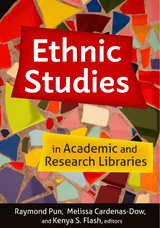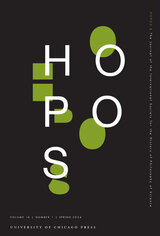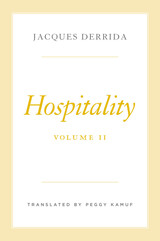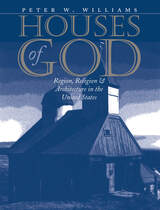Supporting ethnic studies is an opportunity to uplift diverse stories and perspectives and to build and affirm such communities and their voices, experiences, and histories. Ethnic studies librarianship requires engagement, a desire to listen and engage with one’s constituents, and a focused approach to re-humanizing and emphasizing the voices of those who are being studied. Race and ethnicity, despite their abstractness, have real, concrete meaning and consequences in American society. Being able to see who speaks and who is silenced matters, and ethnic studies librarianship supports the intellectual journey of students in becoming aware of the various ways we see the world and the numerous stories we tell and come across in our lifetime.
Ethnic Studies in Academic and Research Libraries serves as a snapshot of critical work that library workers are doing to support ethnic studies, including areas focusing on ethnic and racial experiences across the disciplines. Other curriculums or programs may emphasize race, migration, and diasporic studies, and these intersecting areas are highlighted to ensure work supporting ethnic studies is not solely defined by a discipline, but by commitment to programs that uplift underserved and underrepresented ethnic communities and communities of color. Twenty chapters are broken into three thorough sections:
- Instruction, Liaison Engagement, and Outreach
- Collections Projects and Programs
- Collaborations, Special Projects, and Community Partnerships
Ethnic studies programs, faculty, and students can lack visibility in librarianship, though there are many opportunities to engage with and support these interdisciplinary and multidisciplinary programs.
Ethnic Studies in Academic and Research Libraries captures case studies, programs, and engagements within the field(s) of ethnic studies and how library workers are creating and documenting important support services and resources for these communities of learners, scholars, activists, and educators. We need to think critically about how we support ethnic studies and our faculty colleagues in these departments, especially during challenging times in fiscal crises and the systemic violence and oppression that occurs in higher education, in our institutions, in our communities, in our profession, and in our histories. What we collect, preserve, share, and uplift reflects who we are and our priorities.










